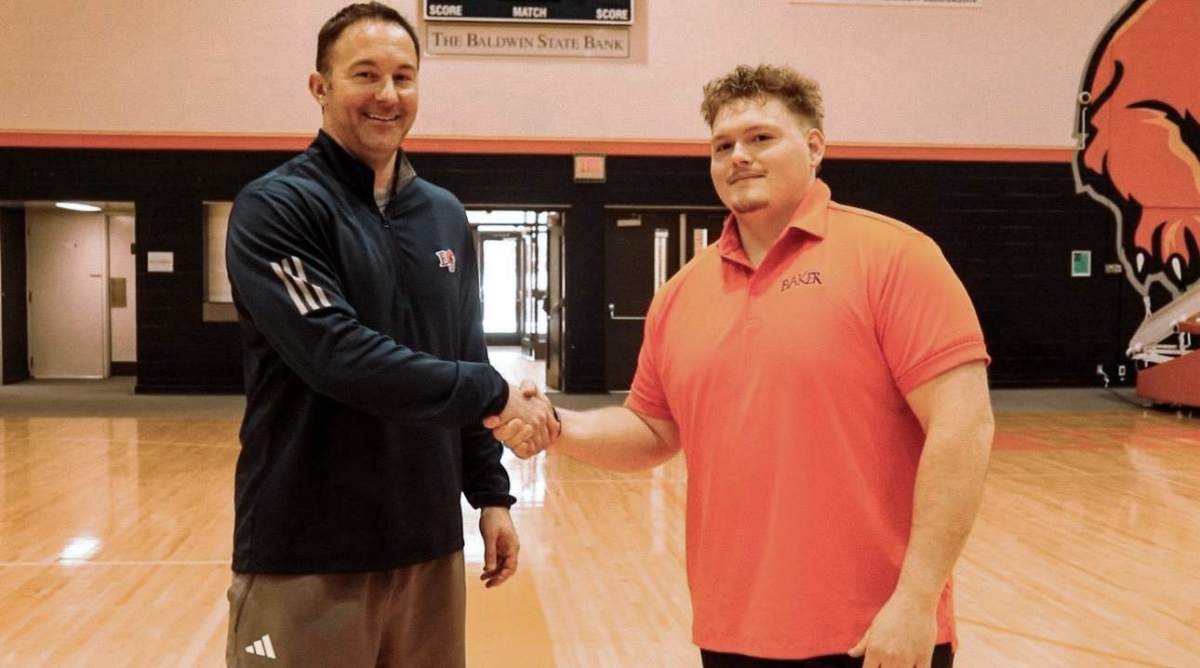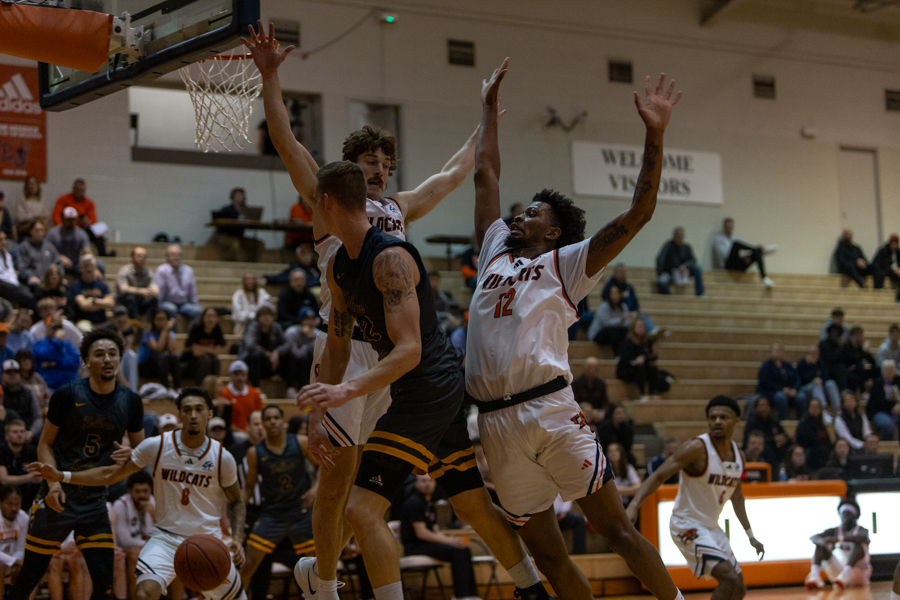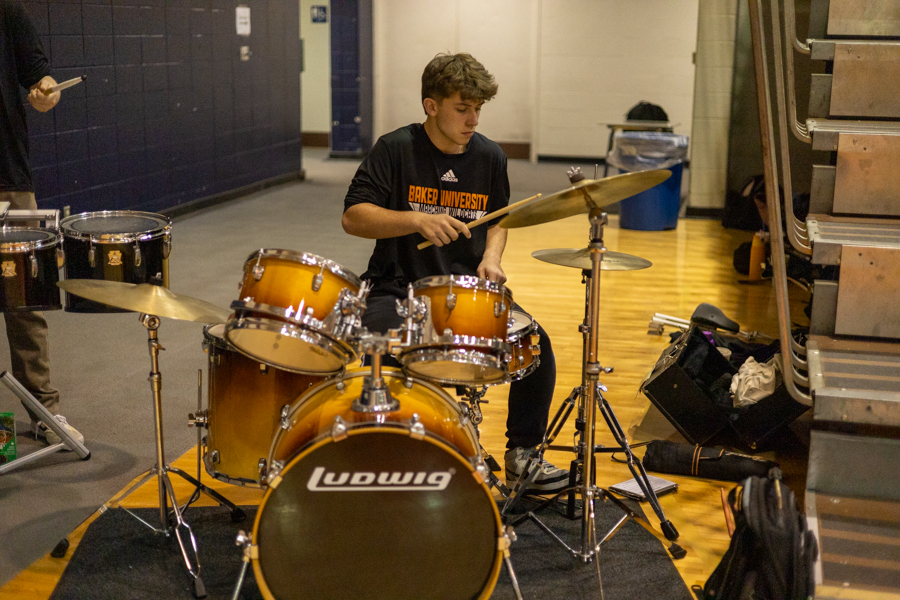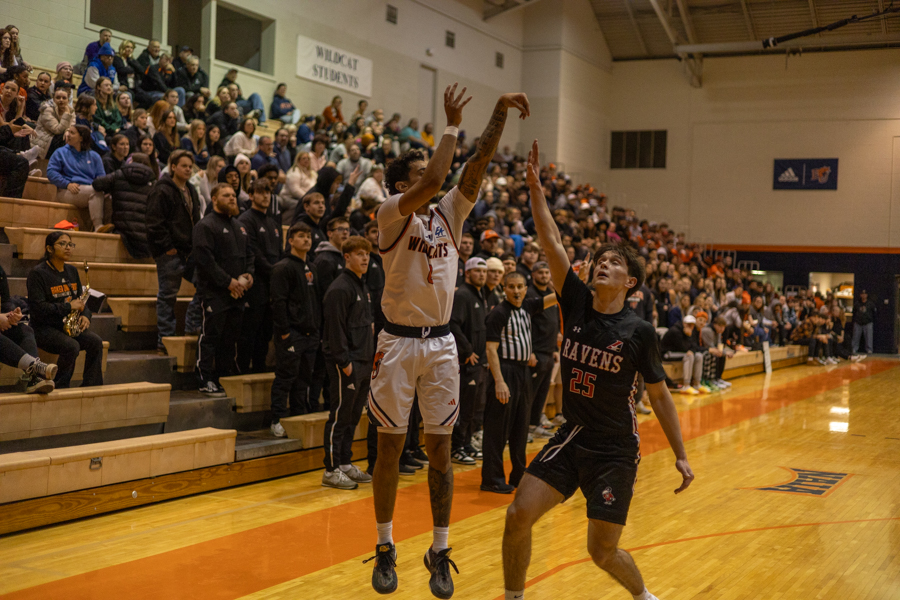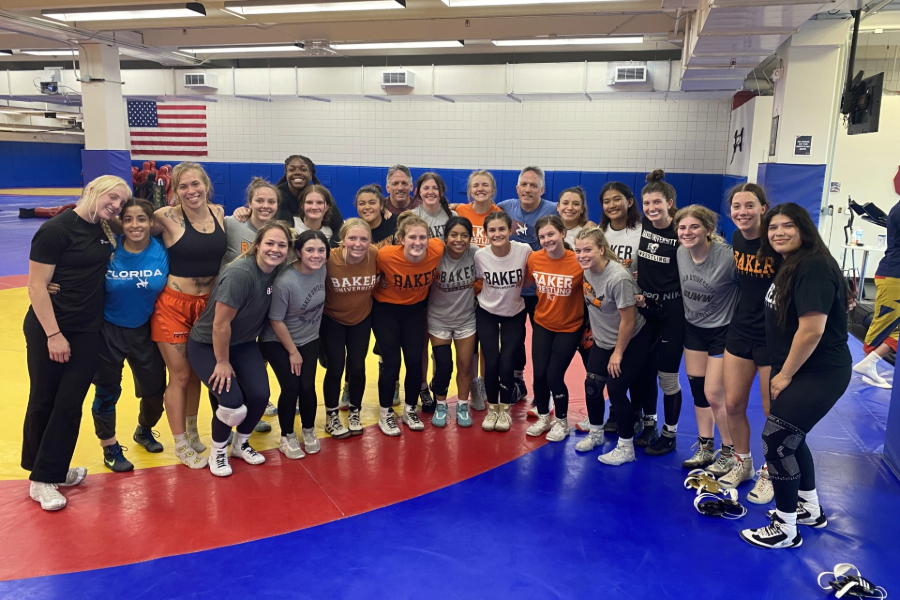Lance Armstrong, Barry Bonds, Maurice Greene, Marion Jones, Justin Gatlin, Alex Rodriguez, the list goes on.
Doping has occurred in professional sports for years, so it’s no wonder that colleges across the country are cracking down on drug testing policies. Or are they?
Related Stories
NAIA should address doping concerns
Performance Enhancing Drugs have no place in sports
The NCAA adopted its drug testing program in 1986. Yet Baker University’s program is less than a decade old, and more surprising still is the fact that the NAIA itself has no drug testing policy at all.
“Yes, the NAIA does not have a drug testing policy so we instituted one some years ago as an institution policy, and I think it’s been a good thing for us,” Mike Grossner, associate director of athletics, said.
Baker’s policy was started under the guidance of past athletic director Dan Harris.
“The whole impetus of the policy when it was started was to try and be an intervention program instead of being just strictly punitive and to assist student athletes that may have a problem,” Director of Athletics Theresa Yetmar said.
Baker’s policy states that up to 12 student-athletes will be randomly selected for testing each month. Lynn Bott, director of sports medicine, normally oversees the testing.
“I get the list of 12 people to be tested and notify them on the day of the test by phone call,” Bott said. “Everybody has to show up. If you don’t show up then you’re positive, that’s the way the policy reads and the coaches know that and the athletes should know that, too.“
Baker’s policy requires only a cotton swab test in place of the more expensive urine testing. Bott said the chain of command of the test materials is very sensitive.
“After the student-athlete takes the cotton swab out of their mouth it goes right into a vile and is sealed and put into a plastic bag,” Bott said. “Then I take the materials to security where a courier picks them up and takes them to the lab to be tested. It’s very crucial that it’s done this way so we can ensure that the materials have not been tampered with.”
Baker uses Quest Diagnostics to run the tests on the materials, but if one comes back positive, it is sent to the St. Louis Medical Research Office, where it is tested a second time before the MRO contacts the athlete and sends the documentation to Yetmar.
“At this point, our policy kicks in,” Yetmar said. “We schedule a meeting between myself, director of sports medicine, the coach, and the student-athlete where we’ll talk about the test result and why it’s positive.”
The student-athlete is immediately suspended from all participation in athletic programs and is required to undergo a personal assessment and participate in a substance abuse education program at his or her own expense. Only after completing such a program is that athlete eligible to retake a drug test and be reinstated in the program if the test comes back negative.
“I’ve seen the benefits of a positive test,” Grossner said. “I think some people look at a policy as a way to weed people out and kick people off teams, but we’re not that way. We want it to be educational and hopefully be a preventative measure for the future.”
Currently, Baker is one of six universities within the Heart of America Athletic Conference with a drug testing policy in place.
“Culver-Stockton (College) is also evaluating a program and putting it into place next,” Yetmar said. “As a conference we’re definitely moving in the direction as a group that we believe it’s something important that should be part of our athletic programs.”
Yetmar, who worked at the NAIA national office prior to coming to Baker, said she thinks the NAIA is moving toward a mandated drug policy across all universities.
“It’s something right now that’s being evaluated at the highest levels of leadership within the NAIA,” Yetmar said. “I think that what the policy will look like with all of us being such small institutions with limited budgets will be interesting.”
Currently it costs Baker between $25 and $40 for each drug test administered. Yetmar said if Baker were to move to urine tests instead of cotton swab testing then the price would at least double.
“If the NAIA does adopt a policy we’ll just have to reevaluate and make sure we’re in line with that policy,” Yetmar said.



